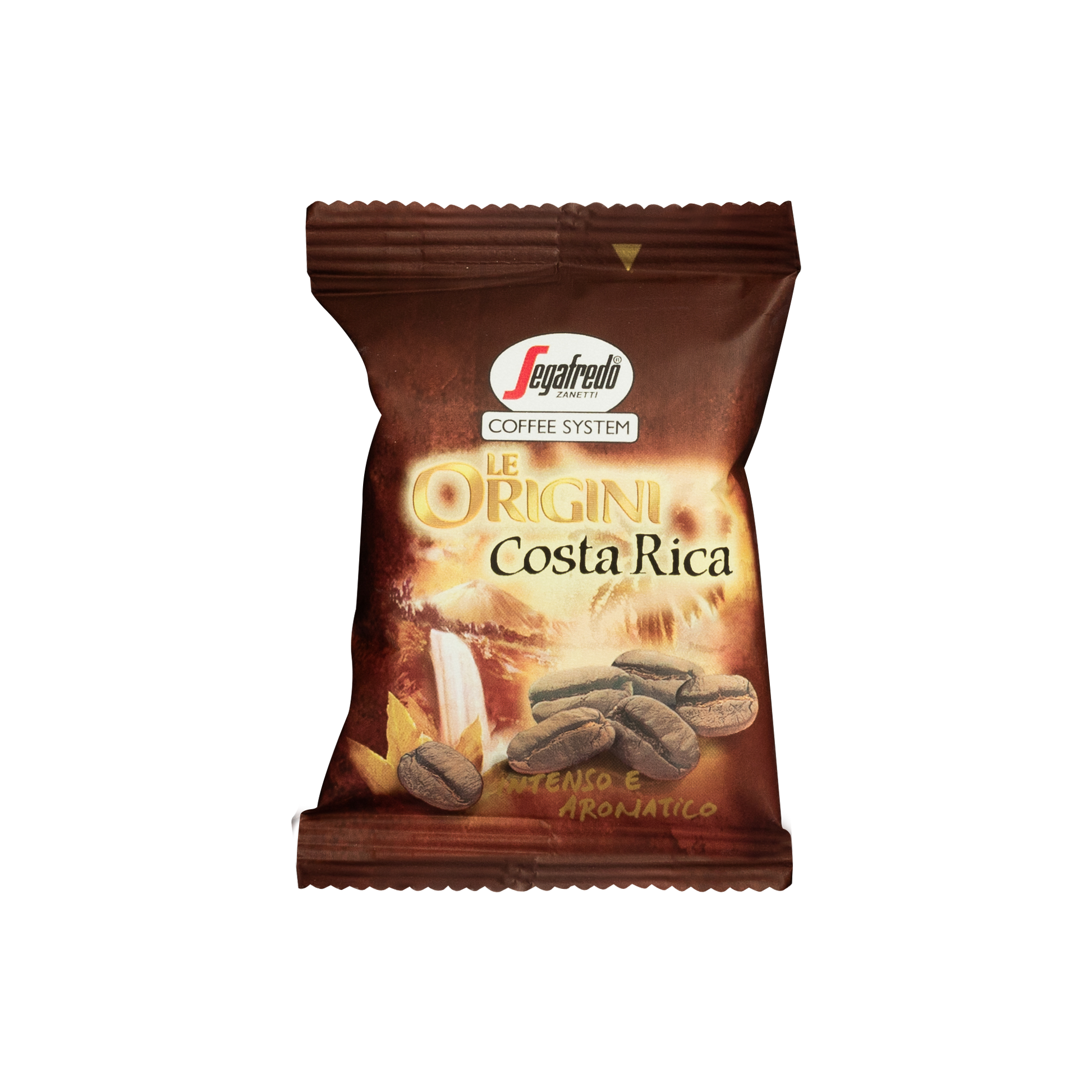Experience the Bold Flavor Profile of SOE Single Origin Espresso Today
Wiki Article
Understanding Coffee Beans: the Trip From Espresso to Blended Coffee Beans

The Beginnings of Coffee: A Worldwide Point Of View
While you may assume of coffee as a contemporary staple, its beginnings trace back centuries, linking with societies across the globe. The tale starts in Ethiopia, where legend states a goat herdsman called Kaldi discovered the invigorating effects of coffee beans after discovering his goats frolicking energetically after consuming them.As profession routes expanded, coffee made its way to Europe in the 17th century, swiftly obtaining popularity. Each culture added its special twist to coffee prep work, enhancing its history.
Cultivation and Harvesting of Coffee Beans
As coffee's trip evolved, the emphasis moved to the cultivation and harvesting of certain bean selections, especially those used for espresso. You'll discover that espresso beans commonly originate from Arabica or Robusta plants, each offering unique tastes. The suitable expanding conditions consist of high elevations and rich, well-drained dirt, which improve the beans' top quality.During the harvest, selecting methods vary. In some areas, employees hand-pick ripe cherries, guaranteeing just the ideal fruit mosts likely to handling. In other areas, mechanical farmers are made use of, especially on larger ranches. Timing is crucial; you wish to collect when the cherries get to peak ripeness for optimum flavor.
Once harvested, the beans are gotten ready for processing, which is necessary in identifying their last preference. Comprehending the cultivation and collecting processes offers you understanding into what enters into your preferred espresso, enhancing your gratitude for each mug.
Processing Methods: From Cherry to Bean
Currently that you've discovered gathering espresso beans, allow's check out exactly how those cherries transform into the coffee beans you like. You'll see exactly how various harvesting methods influence flavor, complied with by the vital actions of fermentation and drying. Ultimately, we'll break down the milling and grading process that determines your coffee's high quality.Gathering Strategies Discussed
When it involves coffee, comprehending harvesting strategies is essential, considering that they straight impact the taste and top quality of the beans you delight in. There are 2 primary techniques: discerning picking and strip selecting. Selective choosing entails hand-picking only ripe cherries, guaranteeing you get the most effective high quality beans. This approach commonly causes a richer flavor account, though it's even more labor-intensive. On the various other hand, strip picking ways harvesting all cherries simultaneously, no matter of ripeness. While it's quicker and less expensive, this can result in a mix of tastes, affecting the final item. Inevitably, the selection of harvesting technique can considerably affect your coffee experience, so it deserves understanding just how those beans made it to your mug.Fermentation and Drying Out
After gathering, the next steps in processing coffee beans play a significant duty in forming their taste. You'll discover that fermentation is important, as it helps break down the mucilage bordering the beans, boosting their preference account. Relying on the technique, this procedure can last from a couple of hours to numerous days, with differing outcomes based upon temperature level and moisture.Sun-drying allows the beans to absorb tastes from the setting, while mechanical drying guarantees constant wetness degrees no matter of weather condition. Correct drying out is crucial to avoid mold and mildew and maintain the beans' quality, eventually affecting your cup of coffee.
Milling and Grading Process
As fermentation and drying set the stage for flavor advancement, the milling and grading procedure assurances that just the very best coffee beans make it to your mug. This stage involves eliminating the external layers of the coffee cherry, consisting of the parchment and husk. After milling, the beans are sorted by size and weight, making certain a consistent high quality. You'll find that grading aids determine flaws and categorize beans, which influences flavor and fragrance. Top quality beans get a greater quality, resulting in a richer coffee experience. When rated, the beans are ready for packaging and delivery, maintaining their distinct features. This meticulous process is necessary for delivering the extraordinary preference you appreciate in every sip of your favored mixture.Roasting Strategies: Opening Taste Potential
When you roast coffee beans, the approach you pick can drastically affect the flavor profile. Comprehending the connection between time, temperature, and roasting techniques is key to revealing the potential of your brew. Let's explore just how these components collaborated to create the ideal cup.Toasting Approaches Explained
While you could assume that all coffee toasting approaches produce the same results, the fact is that each method discloses special flavor possibilities in the beans. Drum roasting makes use of a turning drum to uniformly disperse warm, enhancing caramelization and generating a balanced taste. Air roasting, on the various other hand, distributes warm air around the beans, advertising a lighter roast with pronounced level of acidity.
Influence on Flavor Profile
Different roasting techniques not only influence the process but also considerably influence the taste account of the coffee beans. Dark roasts, on the various other hand, bring out vibrant, great smoky tastes, occasionally concealing the bean's special features. Recognizing these subtleties aids you value the virtuosity behind your mug of coffee, improving your general experience with every sip.Time and Temperature Elements
To release the full taste possibility of coffee beans, both time and temperature level throughout the roasting process play substantial duties. When toasting, you'll discover that higher temperatures can rapidly develop flavors, yet if you hurry it, you may wind up with scorched notes. On the other hand, lower temperatures permit a more gradual flavor development, showcasing the beans' unique qualities.
Timing is simply as crucial; prolonging the roast too long can bring about a loss of level of acidity and brightness, while too short a roast may leave the beans underdeveloped. Discovering that pleasant area needs method and trial and error. By readjusting these factors, you can disclose the abundant, complex flavors hidden within each bean, creating a really remarkable coffee experience.
The Art of Mixing: Crafting One-of-a-kind Coffee Accounts

Beginning by choosing a base coffee that provides a strong foundation. Then, pick complementary beans to boost specific flavor notes. A brilliant Ethiopian bean can bring fruitiness, while a rich Brazilian coffee includes body. Trial and error is crucial-- don't be worried to change proportions till you locate your suitable account.
As you mix, this article bear in mind that each combination narrates. You're not simply making coffee; you're developing an experience. So, take your time, taste regularly, and take pleasure in the journey of finding your trademark mix.
Developing Methods: How Preparation Affects Taste
Blending coffee opens up a domain name of flavor possibilities, but just how you make that blend can considerably affect your final mug. On the various other hand, a pour-over highlights the coffee's clarity and brightness, ideal for showcasing delicate notes.Coffee, with its high pressure, generates a concentrated shot that accentuates sweet taste and crema. If you choose a lighter mixture, consider a cool mixture technique; it produces a smooth, much less acidic preference.
Eventually, experimentation is crucial. Changing variables like water temperature, grind dimension, and brew time can change your coffee's profile. So, welcome the art of brewing to uncover the flavors concealed in your coffee blends. The right technique can boost your experience to new elevations.
The Future of Coffee: Sustainability and Advancement
As the coffee industry advances, sustainability and advancement are becoming essential for addressing ecological obstacles and conference consumer demands. You'll notice that even more coffee business are adopting environmentally friendly practices, from sourcing beans fairly to executing lasting farming techniques. These changes not only aid the planet but additionally improve the quality of the coffee you appreciate.You might see advancements like biodegradable packaging and water-saving brewing approaches that minimize waste. Advanced modern technology, such as blockchain, is also coming to be popular, guaranteeing openness in the supply chain, which enables you to map your coffee back to its beginnings.
Additionally, purchasing regional neighborhoods and sustaining farmers with reasonable profession campaigns cultivates a more sustainable coffee ecological community. As you drink your next cup, bear in mind that your options can add to a brighter future for coffee. By selecting lasting brand names, you're not just taking pleasure in a drink; you're making a positive influence on the globe.
Regularly Asked Questions
What Is the Difference Between Arabica and Robusta Beans?
Arabica beans are smoother, sweeter, and have a higher level of acidity, while robusta beans are stronger, much more bitter, and consist of even more caffeine. You'll notice these distinctions in taste and aroma when making your coffee.Just How Does Altitude Affect Coffee Bean Taste?
Elevation impacts coffee bean taste significantly. Higher altitudes create beans with brighter acidity and complicated flavors, while lower elevations usually generate beans that are heavier and much less nuanced. You'll discover these distinctions in your mug!What Are the Health Conveniences of Drinking Coffee?
Consuming alcohol coffee can enhance your energy, boost mental emphasis, and even boost physical performance. It's abundant in antioxidants, might lower the danger of certain conditions, and can promote a much healthier metabolism when eaten in small amounts.Can Coffee Beans Be Reused for Brewing?
Yes, you can recycle coffee beans for brewing, however the flavor may be weaker. If you appreciate exploring, try recycling them in different means, like cold mixtures or including in smoothies for an extra kick.Exactly how Should I Shop Coffee Beans for Freshness?
To maintain your coffee beans fresh, save them in an airtight container in a trendy, dark place. Prevent revealing them to moisture, light, or warm, as these factors can promptly deteriorate their flavor and fragrance.Comprehending Coffee Beans: the Trip From Coffee to Blended Coffee Beans.
Currently that you've found out about gathering coffee browse around here beans, allow's explore exactly how those cherries change into the coffee beans you like.When you roast coffee beans, the method you choose can significantly affect the flavor account - Single Origin Espresso.While you could think that all coffee toasting approaches produce the exact same results, the truth is that each technique exposes unique taste potentials in the beans.Different roasting methods not only influence the process however also significantly impact the taste profile of the coffee beans
Report this wiki page